The Savannah monitor is a local inhabitant of southern and eastern Africa savannahs. In the wild, these savannah monitors are scavengers covering large distances as they search for small prey animal items. Mostly prey is a rodent.
Taxonomic Classification
- Kingdom: Animalia
- Phylum: Chordata
- Class: Reptilia
- Order: Squamata
- Family: Varanidae
- Genus: Varanus
- Species: Varanus exanthematicus
Savannah Monitor facts
- Grasslands
- Diurnal
- Carnivore
- Common
Savannah Monitor Size, color, and longevity
- The backsides are gray tans with a light pattern. Skin color varies according to the resident substrate.
- Hatchings are only a few inches long, but grow rapidly and can reach maturity in at least two years, although 3 to 4 years is more common.
- Some savanna monitors reach 2.5 feet (0.8 m) in size, while others exceed 4.5 feet (1.4 m) and can reach up to 6 feet (1.8 m) or more.
- The body usually scales less than 120 scales around the midbody, and scales are large, with a double dorsal ridge with a partially late tail and a parallel eye to the nose.
Housing
- In the very first few months of life, one or two pairs of hatchlings can be comfortably placed in a 25 or 30-gallon terrarium or equivalent enclosure. Once they exceed 8 inches, you should start buying a larger enclosure.
- A single adult can be kept within a 6-foot-by-2-foot enclosure, while six to four would be better for a pair. These animals usually join in pairs or small groups, but aggression has been reported between feeding in or around males. If enough space, if provided, as well as a classification of places to hide and basketball, these animals can be considered communal.
- Small enclosures for babies and juveniles can be different types of glass terrarium with a sliding screen at the top. Large animals can be housed in plastic enclosures such as those made by Vision Herpetological, or in other custom enclosures.
- Remember, monitors are smart, dynamic, and powerful lizards.
- Attention should be given to the size and security of any large cage.
| Cage size and design: | Savannah Monitors are active lizards. Adults need very large walls (i.e., 6 x 3 x 6 feet or 1.8 x 0.9 x 1.8 meters), so custom-built cages are often needed. Provide at least 100 square feet (30 square meters) of floor space.
|
| Cage maintenance:
|
Remove leftovers and unclean foods with contaminated substrate daily. Clean and pure water for drinking and soaking should be kept daily in this large tip-proof soaking tub. Clean the entire cage furnishings once a week with a mild detergent or soap.
Provide full-spectrum lighting to cover cells at both ends of the temperature gradient as well as maximize the absorption of dietary calcium. |
| Temperature:
|
Struggle with the basking area at 85-90 ° F (29-32 ° C) to reach 94-100 ° F (34-38 ° C). At night the temperature should drop to 74-78 ° F (23-26 ° C) |
| Social structure:
|
Separate domestic adult. Allow him to live single. |
| Humidity/water:
|
Provide fresh drinking water daily, if possible, as well as access to a large soaking tub at least once a week or twice a week for several hours. Strive for 40-50% relative humidity, which can be achieved with a light misting of the cage. Also, offer a moist hide area. |
| Shedding:
|
Shedding is a part of life in Savannah Monitor. It will fall into the patches every 4-6 weeks, and they will immerse their bodies in the water to help move the process forward. The hide box may need to be filled with moistened sphagnum moss, which will help further the process. |
Heat and light
These monitors are found very close to the equator in Central Africa, and thus require proper daytime temperatures for proper health. The temperature inside the cage or on the side of the cage should be from 80 degrees on the cold side to 90 degrees on the hot edge of the wall. You must create a single basking zone for the single animal (multiple basking spots for multiple animals). A basking spot must be around 100 degrees. Large animals can withstand the high temperatures of the Basking zones, and there are many reports of basking spots exceeding 130 degrees by these Monitors.
At night, temperatures may drop to 75 degrees. If necessary, heating pads or ceramic heat emitters can be used to raise the night temperature to an acceptable level. During the night or day, ceramic heat emitters, basking bulbs, or both should be used to ensure more heat and adequate lighting. The heating temperature required for savannah monitors during the day is between 78 ° F-88 ° F. At night 72 ° F- 80 ° F. There should also be a basking area that can heat up to 110 ° F. It is recommended to monitor the temperature variations with a thermometer inside the wall so that you can keep an eye on hot and cold places.
For a healthy savanna monitor, daily light should be provided for about 10 to 12 hours. Foods rich in calcium in combination with vitamin D3 can negate the need for UV light.
In large enclosures, self-propelled mercury vapor bulbs (such as Zoom’s PowerSon) can be used for both heat source and ultraviolet (UV) light. In small enclosures, the use of independent sources of heat in conjunction with traditional fluorescent UV bulbs is acceptable.
All you need to know about SAVANNAH MONITOR (Cont.)
As a Pet
Savannah monitors lizards in the pet trade are either wild-caught or captive-raised. They are considered to be the best pet for lizard lovers.
Nutrition
Feeding Savannah and other grassland monitors in captivity are highly controversial, and clients often feed their pets. In the wild, Savannah Monitor is both an active hunter and scavenger. The majority proportion of their diet consists of insects (roach, termites, scorpions, millipedes), birds, eggs, other reptiles, and rats. Their diet is much more limited than that of other African monitor lizards, which are mainly cheap, including millipedes, orthopedics, beetles, and others and other invertebrates.
- The caged diet should be similar, with prominence on invertebrate prey. Adults can be fed weekly two to three times a week.
- Young Savannah monitors will enjoy a basic diet of medium-sized food bugs, wax bugs, and feeder roach. Avoid feeding young monitors, as young, unweaned mice are high in fat, but also low in other valuable nutrients.
- Older Savannah monitors can sometimes receive rats as part of a balanced diet. One or two rats a week should be the absolute maximum. Remember that these animals are not designed to digest large amounts of fats easily; only captive lifestyle barriers can complicate matters.
Even adult savannah monitors should be fed a lot of insects. A colony of large roaches (such as the giant Malagasy Hissing roach) would be a good investment, and if properly cared for, you should provide a constant supply of food for lizards. Cricket and large eating insects will also be eaten. Their diet is much more limited than other African monitor lizards, which are mainly cheap, including millipedes, orthopedics, beetles, and others and other invertebrates. The combination of ground turkey, raw eggs, and the proper calcium/vitamin supplement has successfully kept large, carnivorous lizards in the private sector and zoos. As long as the extra and variety are carefully considered, this mixture can make up half of the lizard’s basic diet.
All foods except for rat and pre-mixed foods should be dusted regularly with a high-quality calcium/vitamin D3 supplement. The food should be dusted several times a week for growing monitors, while older lizards are less likely to be overcooked. Good multivitamins should also be employed, and as the formulas vary, follow the manufacturer’s instructions for dietary information.
It should be well-known that Savannah Monitors are mainly prone to obesity and the resulting medical problems. Poor diet and a lack of room to exercise result in increasingly overweight monitors. Avoid excessive breastfeeding, try to repeat the natural diet, and provide enough space to avoid these problems. The Savannah Monitors care sheet is incomplete without its nutrition.
Substrate and furnishing
Savannah monitors are natural diggers, when feeding and when preparing bills. Mulch-type bedding, such as orchid bark or pine mulch, are ideal, and spin products (cut or pressed) have also been successful. As an active species, most of what you put on your monitor enclosure is pushed and possibly destroyed. A simple setup that will include parts of heavy wood, some sort of shelter and a sturdy basking platform is good. After all, trial and error work for your animal and what doesn’t.
Living plants should be avoided, as they die in the scorching heat of the wants a monitor wall, not to mention any physical trauma they may have suffered from a large, curious lizard. Artificial vines and plants can be used to beautify the monitor home, but it is not required.
Behavior
These lizards feeding habits revolve around the weather. They use the system of invitation and fasting. They feast in the wet season when the food is plentiful and easy to find. This wet season lasts for about seven and a half months, during which time lizards can eat one-tenth of their body weight in a single day. In the dry season, they then stay away from food and rely upon fat deposits built up during the “feast season.”
Unlike most animals, savanna keepers have developed a way to eat poisonous melodies. The lizard attaches its chin to the millipede for fifteen minutes before eating. Doing so is thought to remove the poisonous fluid/distasteful fluid. When the millipede runs out of fluid, he will eat it.
This lizard will rest in tunnels and trees. This is a very good climber. He is also an excellent digger, but often claims abandoned burrows that were dug by the mammals. If hollows are available in the trees, they are also used. Savannah monitors have also been found abundantly in termite mounds. Most of the males are very aggressive and territorial, and they will defend their territory very aggressively. Males are more likely to be very territorial and will try to intimidate each other by hissing, thrashing their tails, and blowing/inflating their throats. If one male does not retreat, they will wrestle and bite each other, sometimes with severe injuries. When a monitor lizard is threatened by some vicious predator, it will hiss out loud, thrash its tail and strike. If that doesn’t work, some are known to play dead or evacuate their system of foul-smelling fecal material.
Anatomy/ Physiology (All you need to know about SAVANNAH MONITOR)
| LIFE SPAN | 5-10 YEARS |
| Weight | 1-70 kg |
| Dermatological feature | Unlike snakes, lizards usually exhibit a complex shed or “ecdysis.” |
| Fat stores
|
Fat pads are available with caudoventral coelom. |
| Urogenital | The monitor has a thin-walled bladder. |
Sexual Discrimination
Adult males are larger and stronger with prominent femoral perforations and hemipenal bulges. The hemipenis is the male copulatory organ. The hemipenis will appear as radiodense opacities in some individuals. The femoral opening has glands that produce a thick, dense, waxy secretion. This secretion plays a role in perfume marking and other pheromone-based communication.
Physical description
Savannah monitors are built stoutly, with relatively short limbs and claws, and the skull and dentistry are designed to feed hard-shelled prey. These are strong creatures with powerful limbs for teeth, such as digging, powerful jaws, and blunt peg-like teeth. The maximum size is rarely more than 100 cm.
Breeding/Reproduction
The females dig a deep hole in the substrate, in which 40 or more eggs are laid, which survive after about156-160 days. Hatchlings begin to start feeding a few days after the yolk sac is absorbed, which can take up to 12 days or more to escape.
Restrain methods/ handling
Babies of Savannah can be nervous and defensive, but it can be expected to be a young, frightened animal. After giving your pet enough time to settle into his new home, you can begin the process of making a pet owner bond with your lizard.
When handling a subwoofer or adult monitor, it is best to have another person present. They can cause painful bites. Their method of killing the prey is to grab it, crush the skull, then move it back and forth. There is not much fun in your throat when they do it on your fingers or hand or when I find out for myself. (Having a few drops of alcohol or vinegar in the mouth of the monitor – when its head is tilted to the ground – is usually enough to get the monitor to release its grip.)
Interesting information about Savannahs
- The savannah monitor love to eat the poisonous millipedes or any millipedes as they seemed to be a tasty snack for it.
- It tries to rub its chin on the millipede to let millipede emit its fluid and rub off the poison.
- During the wet/rainy season, the savannah monitor can consume almost one-tenth of its body weight
- When the weather becomes dry, they will begin to fast and live only on body reserves.
The name “monitor” comes from the idea/belief that Nile monitor lizards had watched for Nile crocodiles/alligators and warned people of their approach in the past – Nile monitor lizards were most likely searching for crocodile eggs. - Savannah Monitors are also known as Bosc’s monitor
- Until 1989 the savanna monitor and white-throated monitor were considered to be the same species.
- Savannahs are the mildest mannered of the monitors. However, all monitor lizards are capable of delivering a painful bite.
For Vet-Experts/Practitioners (All you need to know about SAVANNAH MONITOR)
| Venipuncture: | · Ventral tail having a coccygeal vein
· Ventral abdominal vein (tough to find) |
| Prevention/testing: | · Regular physical examination
· Fecal parasite testing |
| Important Diseases/Medical Conditions
|
· Coelomic neoplasia
· Egg yolk coelomates · Hepatic lipidosis · Nutritional secondary hyperparathyroidism or metabolic bone · Obesity (rodent-based diet) · Starvation (poor husbandry, parasitism, cold temperatures, under-feeding) |
Things To Consider Before You Buy Your Savannah Monitor
- Savannahs are considered intelligent lizards, and as with many animals (and other animals), they have plenty of time on their hands, and they try to spend some time each day trying to escape. Once out, they will happily tear down your home, climbing around, looking for the perfect hiding place – somewhere dark, very narrow, and hard to find. Vents and other access to walls and large appliances are child’s play for these monitors.
- On the other hand, some will do something to provide a safe area from Savannah and provide things to climb on it. This will allow you to go to a safe room to sunbathe through regular exercise periods and open windows. This will benefit Savannah in several ways, the least of which is that exercise will not eliminate her tendency to obesity (and liver disease).
- If your monitor escapes from the outside, your neighbors (and local animal regulators) will be less than happy. Some cities or counties restrict the ownership of such animals or require them to be licensed. It is best to check your local rules and regulations before buying.
- Monitors can avoid their enclosed boxes as much as possible. When you take them, they should be as safe as if they were locked up. Cat and dog air travel boxes make good transporters for large monitors (if they are to be shipped by air, a more secure wall must be built).
- Take precautions so that if your monitor unexpectedly escapes, it will not be able to escape from the house. This is easily done by placing it on the door of the room in which the monitor is kept closed at all times. If you have young and curious children (or rude or careless adult friends) about you, you should consider closing the door with a locking method that is not even a handful.
- When handling a subwoofer or adult monitor, it is best to have another person present. They can cause painful bites. Their method of killing the prey is to grab it, crush the skull, then move it back and forth. There is not much fun in your throat when they do it on your fingers or hand or when I find out for myself. (Having a few drops of alcohol or vinegar in the mouth of the monitor – when its head is tilted to the ground – is usually enough to get the monitor to release its grip.)
- You must keep in mind that pet owners are responsible for savannahs. Medical and property damage from their pets and the bite of this monitor may require stitches and antibiotic therapy, as much as it costs.
Common problems with Savannah Monitor pet owners and how to avoid them
- Pet-Owner Bond/Relationship is very much important while keeping savannah. You must give ample time to it when Savannah Monitor is baby. So that trust relation got strong and better.
- Although monitors are silent and do not require the time and attention that a dog does, they need a large enclosure to do this. Their enclosure needs to be cleaned frequently when they eat frequently. ۔ They are not naturally fragrant, and you must spend significant time with them in the first year of injury, and then regularly to keep them stable. If left unchecked, you may face a problem as a flying squirrel, or an aggressive lizard that no one is willing to handle – or even close. They prefer a routine, feeding, and clean time. Keep in mind all that and avoid carelessness in the case of your lizards.
- People often take their pets to parks etc. But in the case of savannah, it is not a good idea. The American Federation of Hepatologists had a good set of guidelines for monitoring and handling monitors. Their guidelines include banning monitor lizards from incidents in which the public can reasonably expect to see such lizards. This means that it is not a good idea to walk in the park with your lizard unless the park is a science or nature fair, which includes a public exhibition with animals so pet owners must avoid it
- Clean the housing regularly after feeding leftovers. People don’t do that, and it will lead to foul smell, diseases, and sometimes laceration wounds from some leftover sharp food object.
- Ventilation will be good for them. Some time terrarium has low ventilation ports, which lead to poor health, so used terrarium with wide side ventilation ports.
- Little or bad water quality is also another factor. Pet owners usually consider food items to be good and forget the water dishes or water quality. So, the water dish is large enough for the monitor to soak and take water easily.
- Pet owners often forget heat lamp in cold/wet weather so must give heat lamp for better health and nourishment.
- Must ensure that or full-spectrum fluorescent light for savannah viewing is available.
- Laser Temperature gun or standard thermometer is a basic instrument. Pet owners usually don’t take that and give it a go, but in a cage, your pet needs that for its good health.
- Large size rock must be provided by a pet-owner at a basking site. A freely roaming area is must to be also provided along with boxes, hiding places. Similarly, branches and climbing materials are necessary for young ones. The Pet owner must provide all that housing facilities and avoid being so conservative and strict.
- Moist soil is another thing owners avoid to give. You must give enough moist soil to your monitor to dig.
- Lastly, the diet, people avoid supplements to them, but when you deep savannah as a pet, you must give calcium phosphorus and vit—D3, along with living insects and live rodents. Avoid giving foul-smelling insects or feeders or dead rodents.
- Most importantly, keep in touch with a good, local veterinarian.
Tell us in the comments how you like our article, “All you need to know about SAVANNAH MONITOR”
For similar posts like this click here.
For source file click here.




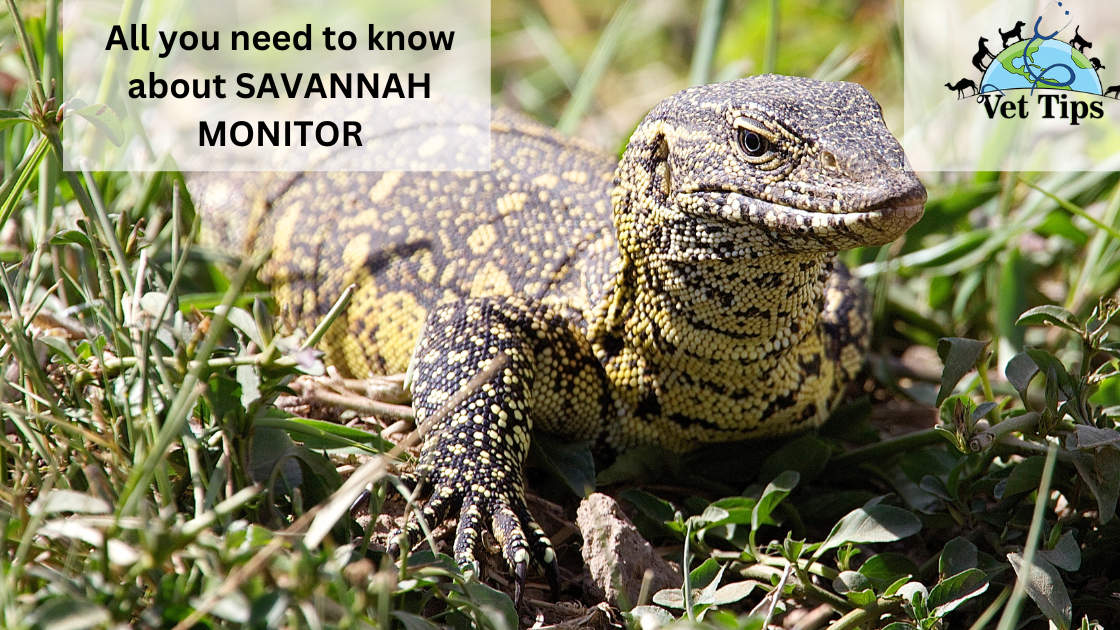
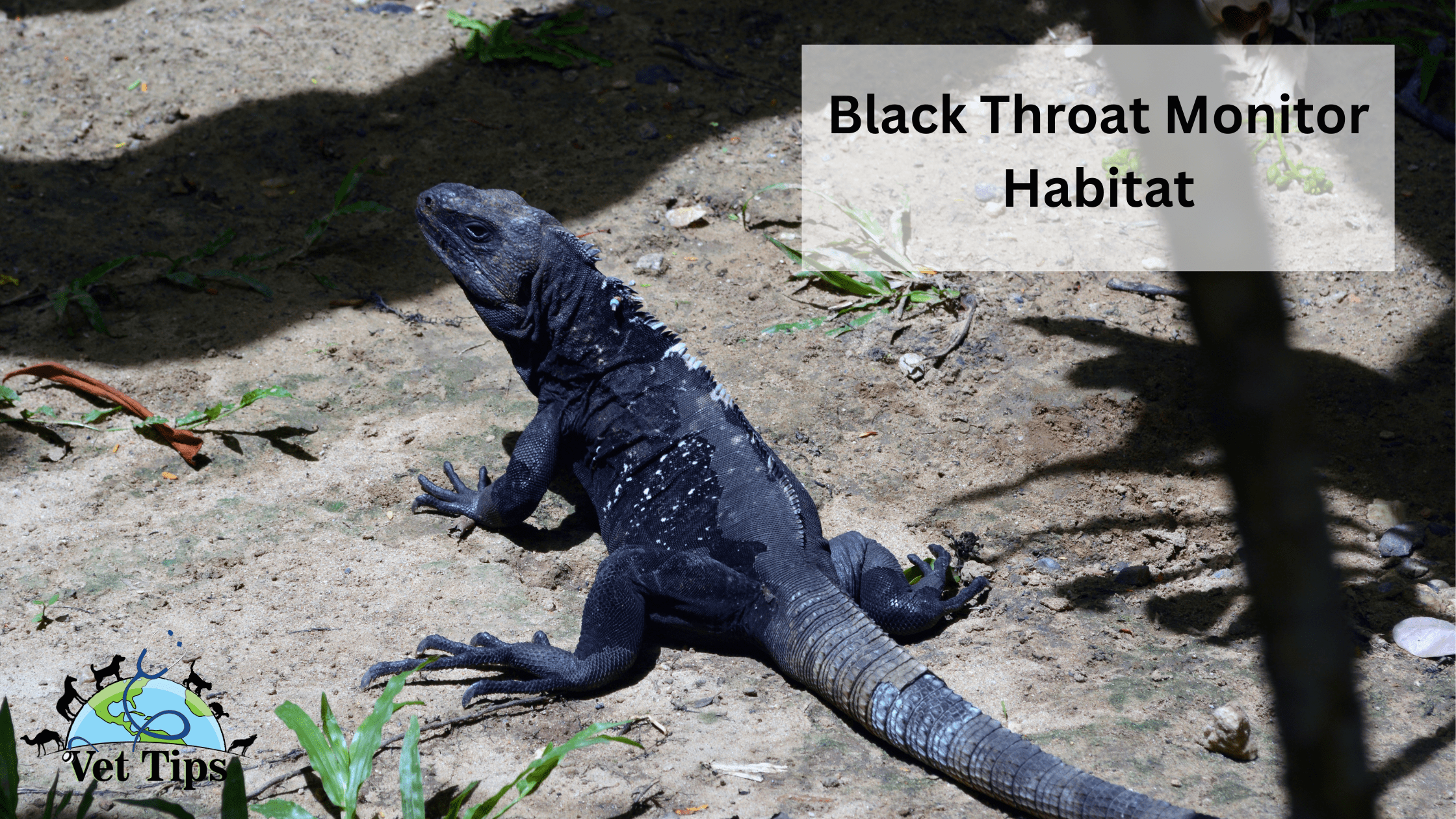
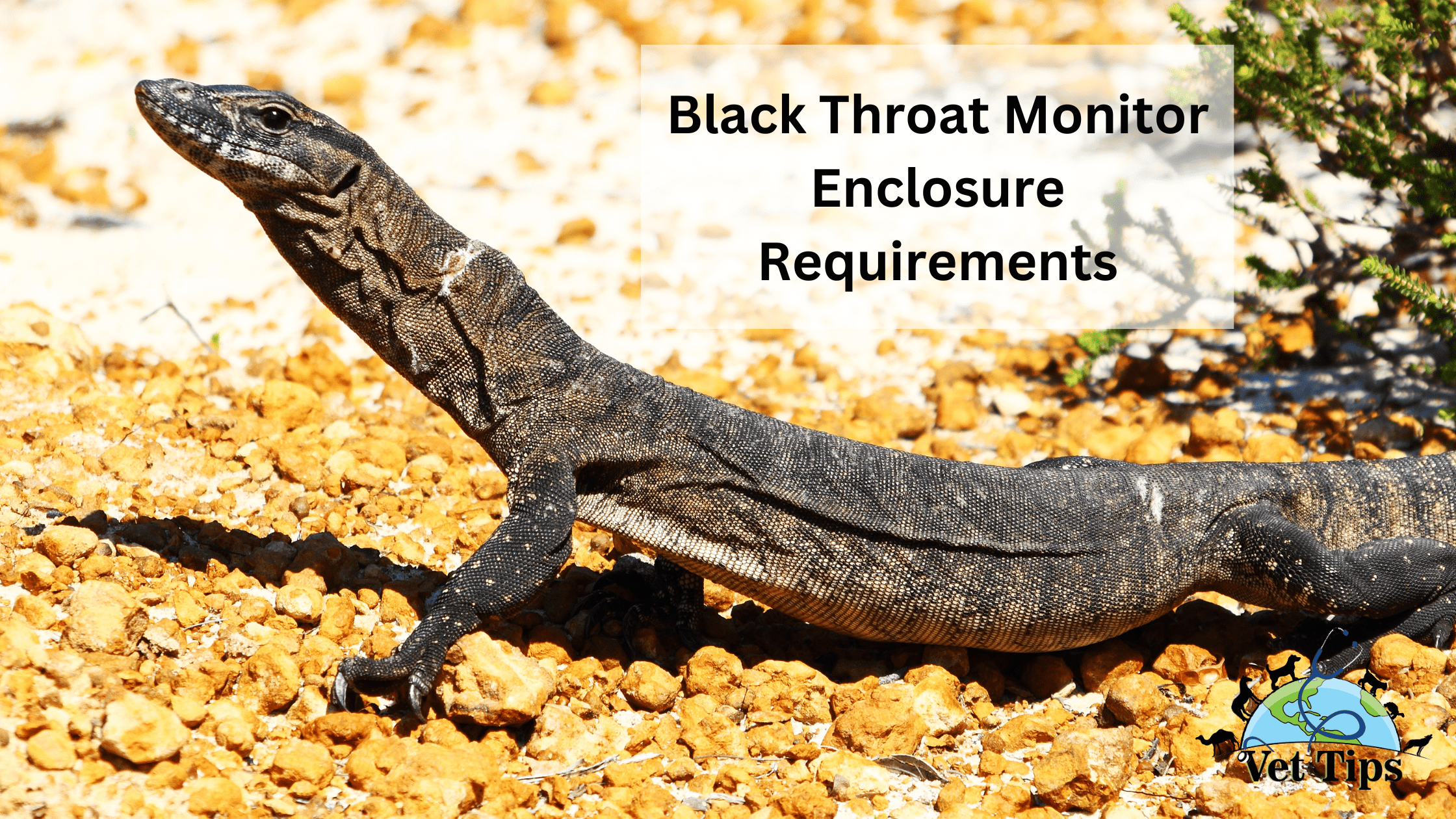
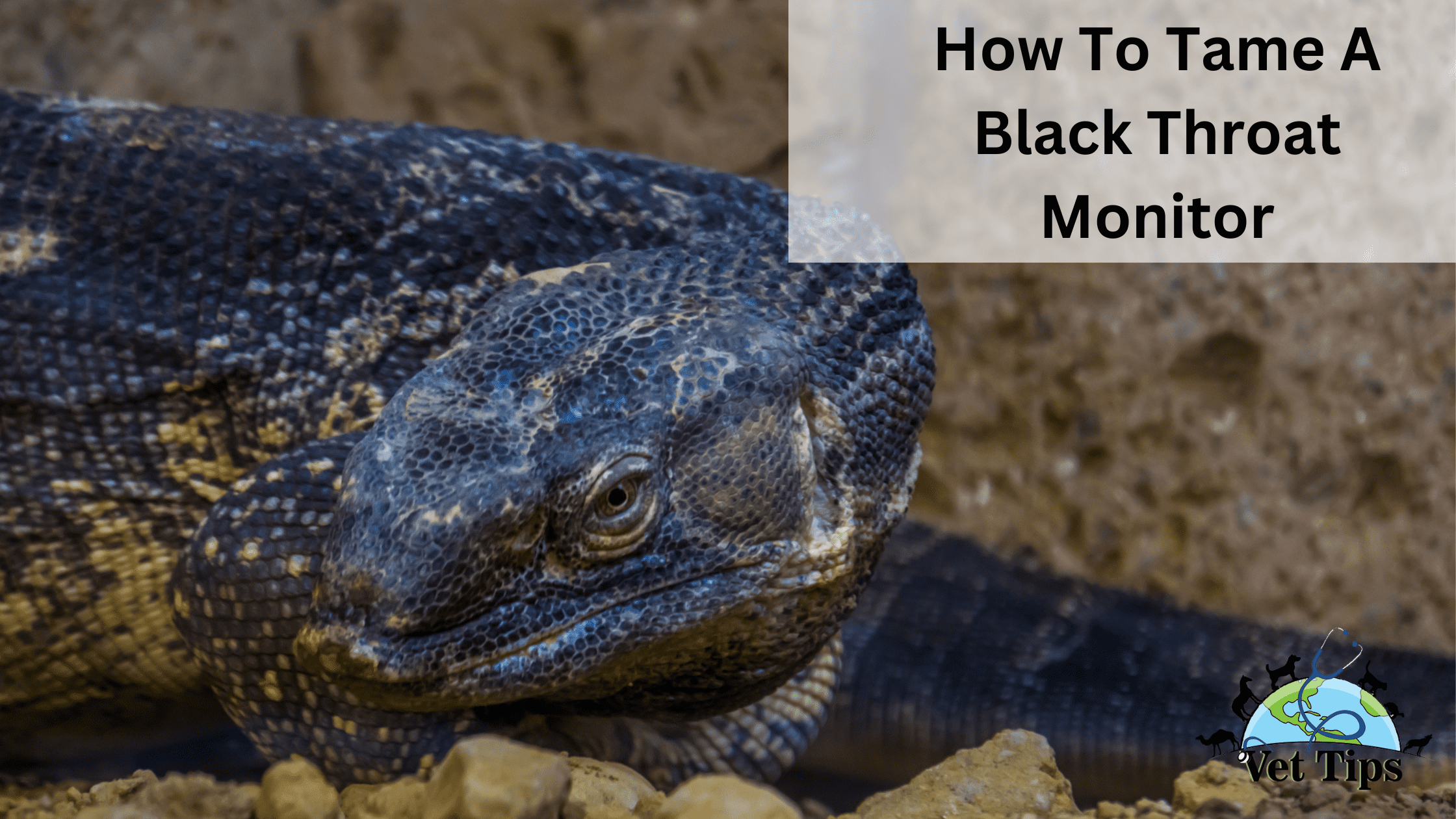
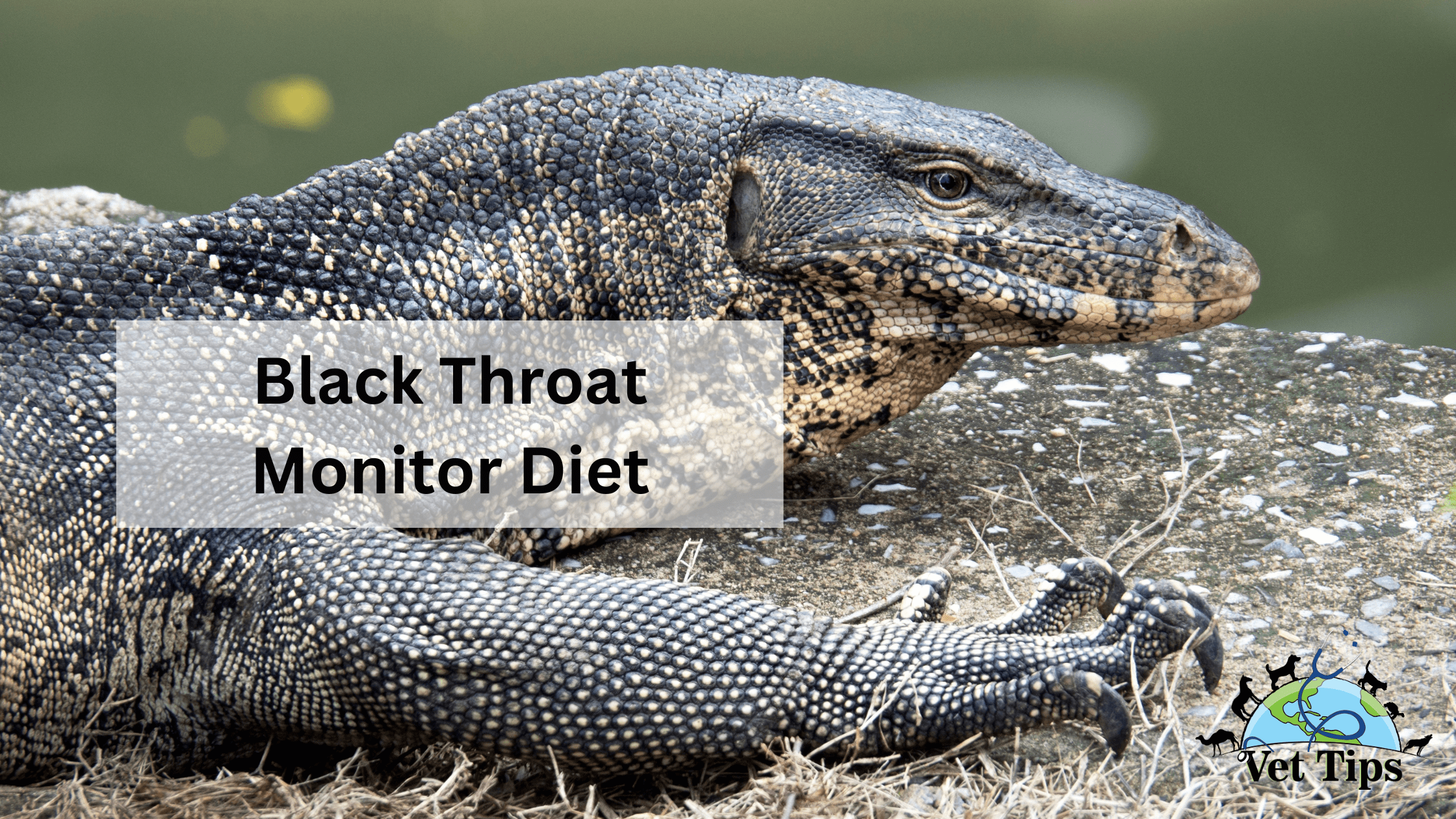
2 thoughts on “All you need to know about SAVANNAH MONITOR”